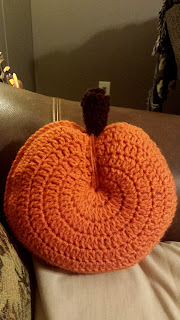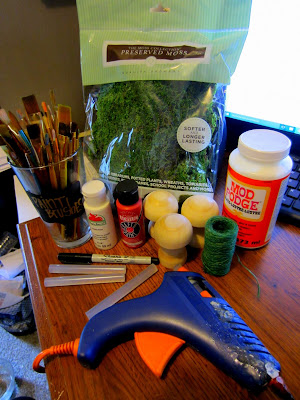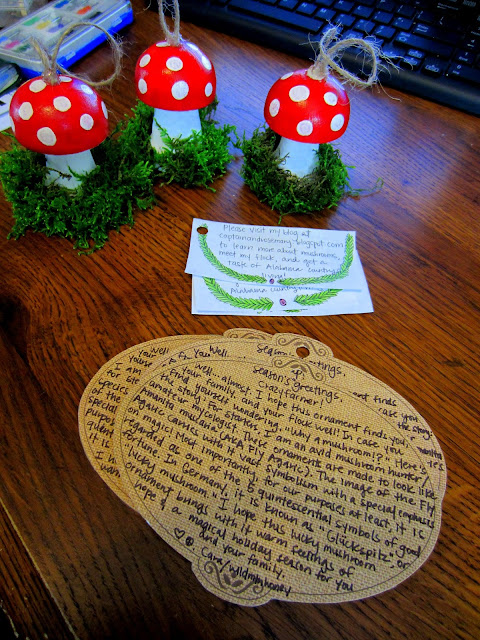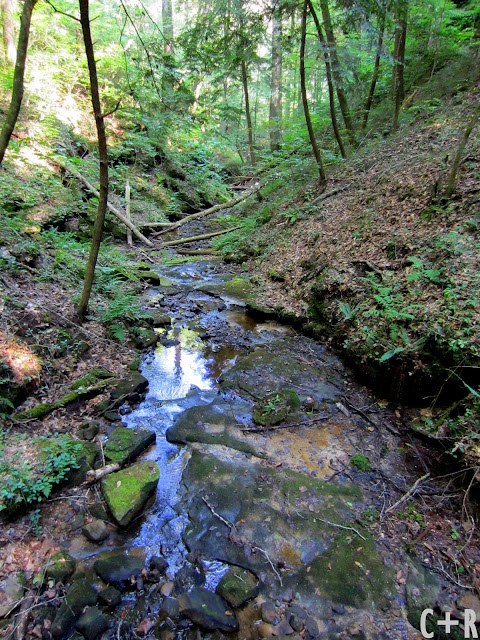While my field guides and other fungal identification books consistently list a range of months during which particular mushroom species grow in which parts of North America, I'm now seeking more specific answers.
As far as my understanding and observations go, in my area micorrhizal fungi growth seems to thrive in a warm-to-hot, moist setting in sandy soils. That means that for most, if not all, of May through early November, the environment would be pretty ideal for growth (give or take seasonal drought.)
In my case, however, I really started to notice a lot of fruit bodies in mid-to-late-July of this year, and quit seeing them after Labor Day weekend. Notably, last year I found a magnificent trove of giant puffballs growing in my mother-in-laws backyard in mid-October, among a host of edible LBMs (little brown mushrooms).
Considering my new-found excitement and passion for mushroom hunting/identification and hope for the reappearance of those giant puffballs this year, it's a bit frustrating that the only mushrooms I have seen in the last couple weeks have sprouted out of my rabbit's cage, where her leaking water bottle intersects her pile of magical poo. Other than those, I found two white dunce caps this morning after it warmed up following a nice drizzle of fall rain. But that's IT--that's all I have seen since Labor Day! And it seems like this would be prime hunting season, considering the weather and the conditions under which I've found them previously. In case you've been wondering why there haven't been any "Mushroom of the Day" or mushroom hunting trip posts lately, this is why!
I would love to have the scoop on mushroom hunting season in my part of the world. Unfortunately, the majority of the North American mycology literature I have been privy to contains data that has been collected from New England, the Pacific Northwest, and the Great Lakes area--all very far and quite different climate-wise from where I live.
For my purposes, though, and for those of the encouraging number of people I've come across in my area who have at least relative interests in mycology, it would be worthwhile to continue to explore when and where we can expect to find fruit bodies here. I have this horrid tendency of giving up on hobbies, crafts, and projects the moment I make an error (like being wrong about when I'll find 'shrooms)...it's this obnoxious thing perfectionists do. But hey, I'm working on it! Anyway, more research on local fungi needs to be conducted and more data needs to be recorded, even if only by amateur mycologists like myself, in order to promote better understanding of this oft-overlooked area's plentiful and diverse fungi life.
While on the subject, a lot of people don't understand the importance of really and truly understanding all of the growth patterns of the things that come up around us--particularly of mushrooms which are often labeled "crude" and "weird", accused of being from other planets, and as far as edibility is concerned, called dangerous and disgusting. There are so many misconceptions about mushrooms that need to be shattered in order to promote the good word of their medicinal, health, environmental remediation, and aesthetic properties. Mushrooms could save the world! I firmly believe it's important to learn and appreciate as much as we can about them, the same way a lot of people would instinctively try to figure out a mystery fruit or flower growing on a vine in their backyard, for example--just out of pure curiosity, if nothing else. Curiosity is a beautiful thing. And mushrooms are fabulous things to be curious about.
I know I don't have many readers, but if you're an amateur (or otherwise!) mycologist out there who may have more specific info about mushroom growth periods, let me know what you think!
Happy hunting.
Much love,
Much love,
Cara

































































